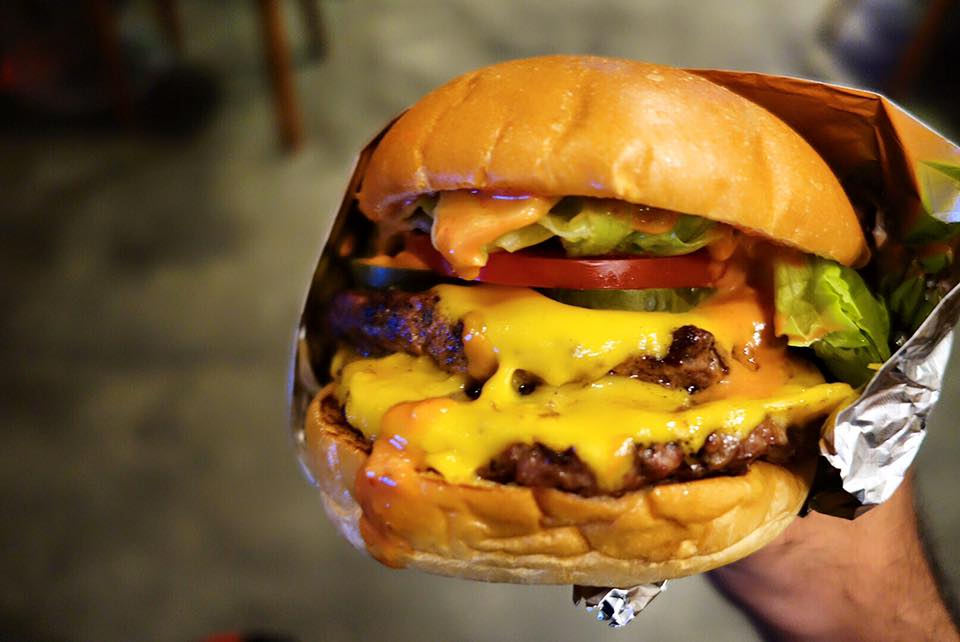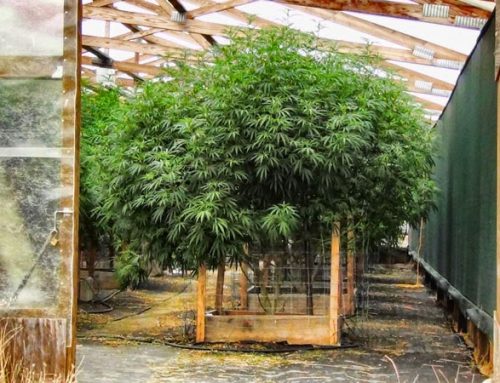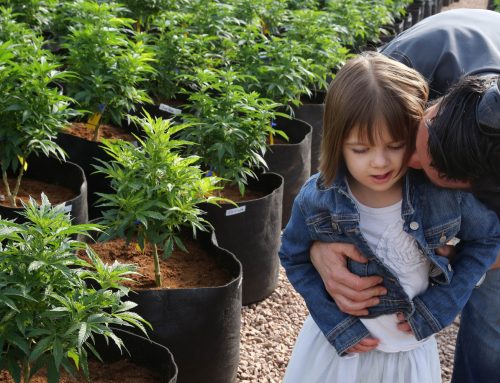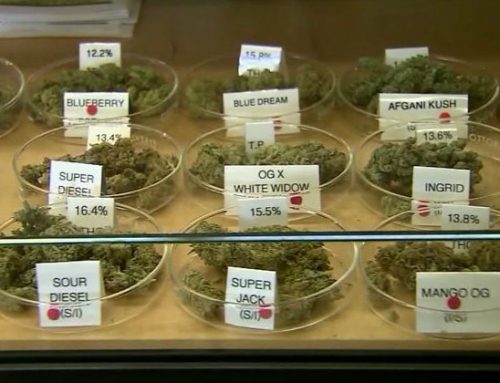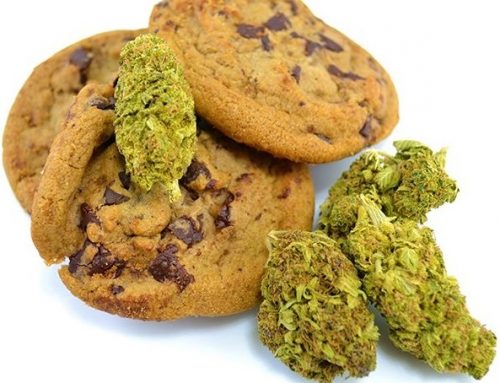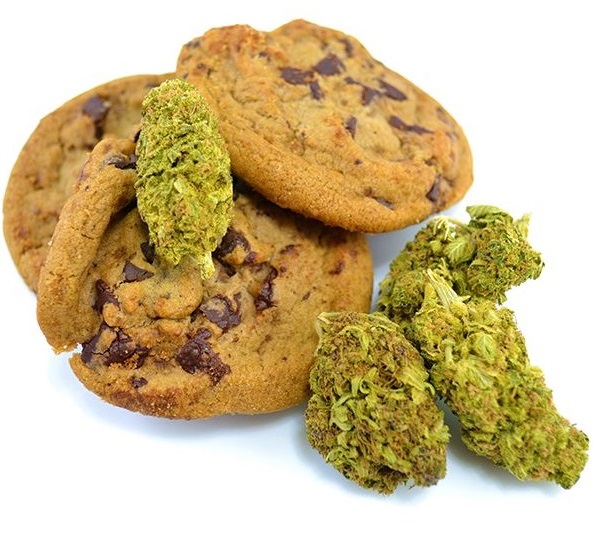 The Case Of The Munchies
The Case Of The Munchies
by LaughingTree
Follow LaughingTree on MassRoots
Why do we get the munchies, and choose the types of food we eat when we do?
We cannabis tokers have been dealing with the munchies since the first green was put in a makeshift pipe and lit, but why does it happen? The side-effect of wanting food after ingesting marijuana is one reason it is used medicinally today. If nausea is a part of your medical condition, like trouble eating during chemotherapy, pot may be an excellent medicinal choice over, say, harsher pharmaceuticals.
Mice With Munchies
Tetrahydrocannabinol, THC, works with natural cannabinoids in your body; it interacts with the brain’s endocannabinoid system, which influences pain, emotion and appetite. Certain CB1 receptors, located primarily in the central nervous system, help regulate the intake of food.
Researchers looked into this by putting food and cooking oils in front of lab mice. When the mice were not stimulated with THC, they would smell the food and oil, and lose interest over time because of olfactory habituation. They got used to the smell and lost interest.
When the mice got dosed with THC, they showed more appetite, more interest in the food and noticeably more sniffing. It also took longer to reach “olfactory habituation.” When a person takes marijuana, the olfactory bulb in the brain is similarly stimulated, and our senses of smell and taste likewise become more acute.
The neurotransmitter Dopamine is also associated with the munchies. Another part of the brain THC stimulates is the nucleus accumbens, which is responsible for increasing the release of the neurotransmitter called dopamine. When Dopamine is released into our bodies, we feel a great sense of pleasure. It is tied to our mind and body’s natural reward system. Just ingesting food on its own increases our Dopamine levels, so adding THC increases the release of the neurotransmitter even more.
Studies also show that THC interacts with the hypothalamus, a part of the brain that releases ghrelin, a hormone that stimulates hunger. This can trick our brains into thinking we are actually starving.
Combine the feelings of hunger, with an increased sense of smell and appetite, plus a big dose of feeling good when you eat, and our bodies’ natural munchie cycle spins a bit hungrier when it’s on pot.
Fatty Munchies
The good news is that studies are beginning to show tokers typically have a lower body mass index than our non-toking cohorts. This is because THC stimulates the desire to eat and tricks the brain into thinking it’s starving, the brain wants to load up on as many calories as it can to satisfy the hunger. When that happens, cravings lean towards high-fat, high-calorie foods. Your body wants to increase its energy level.
When a person first starts smoking cannabis, there is a tendency to crave sweet, high-fat foods, but because the CB1 receptors regulate the intake of food, over time and exposure, they begin regulating that urge. So even though the go-to craving may be high-fat foods, over time that can be overcome.
If you are a person who already struggles with healthy food choices, you might want to begin changing your routines if you start smoking cannabis. Try to set yourself up for success. Only stock healthy food and set yourself up with goals you can reach and maintain.
Sources for this article:
http://www.smithsonianmag.com/science-nature/scientific-explanation-how-marijuana-causes-munchies-180949660/?no-ist
http://www.nature.com/neuro/journal/v17/n3/full/nn.3647.html
http://www.jbc.org/content/280/26/25196.full
http://www.ncbi.nlm.nih.gov/pmc/articles/PMC3705914/

